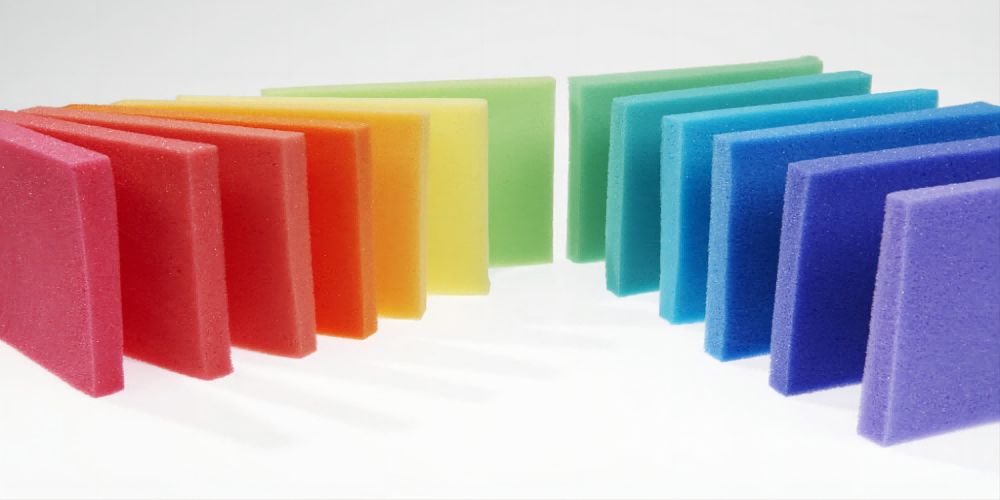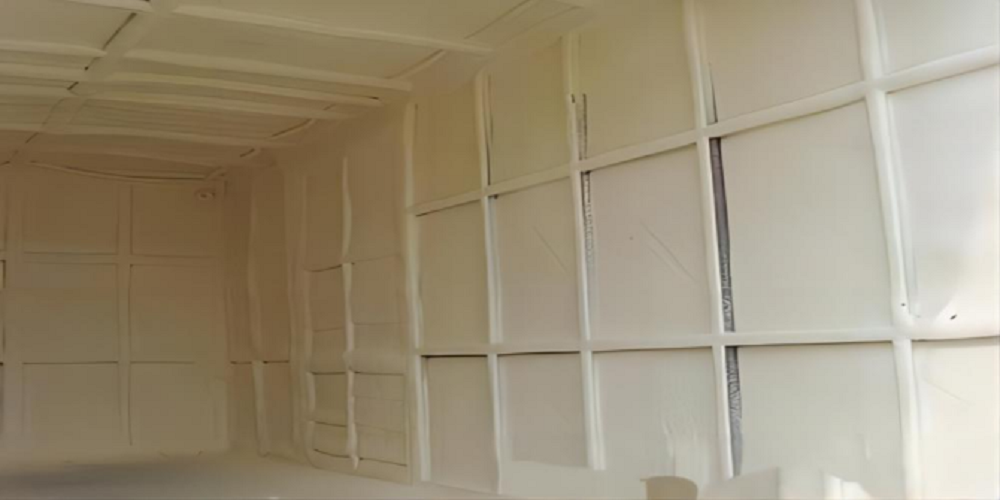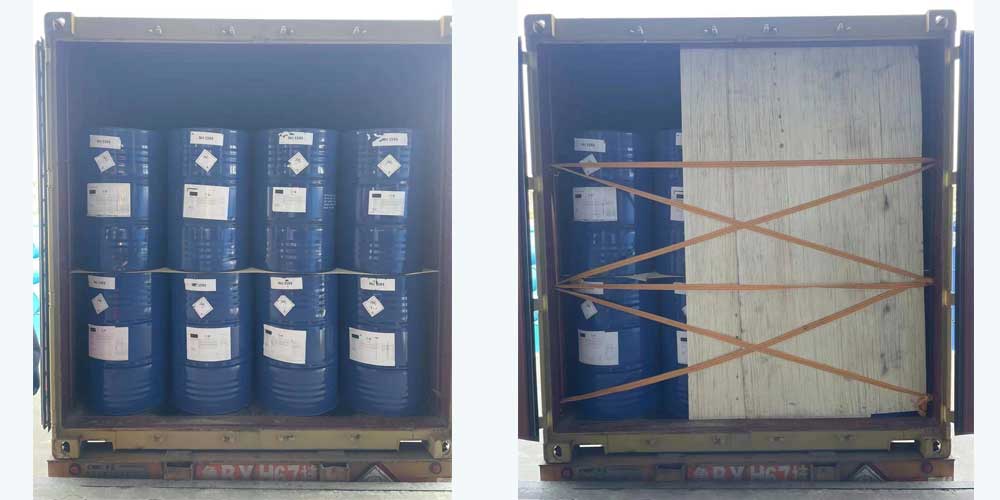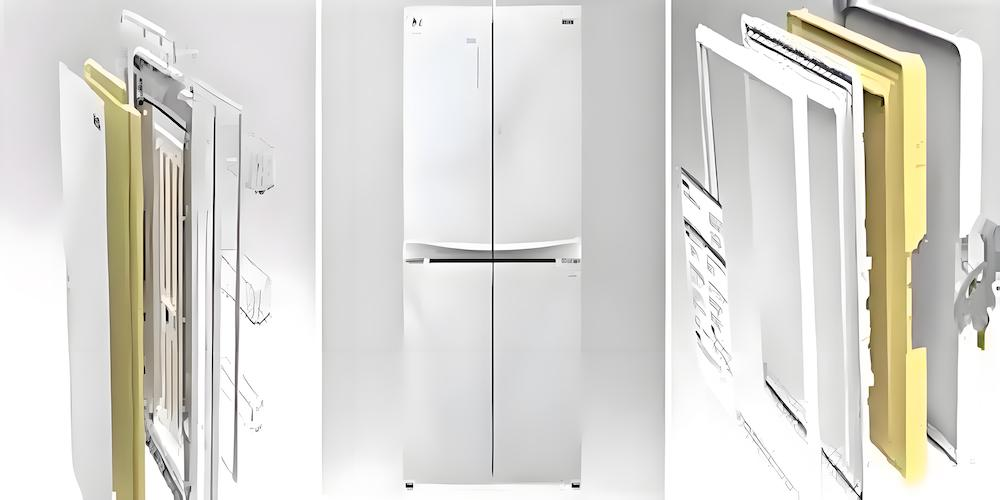
Production Process of Polyurethane Rigid Foam for Refrigerators (one)
The polyurethane rigid foam refrigerator process mainly refers to the use of polyurethane rigid foam as a filling material during refrigerator manufacturing to enhance the refrigerator's thermal insulation performance and energy-saving effect. Here is a detailed introduction:
Process Flow
01 Preparatiion
Based on the size and specifications of the refrigerator, prepare the corresponding molds and preheat them. The typical preheating temperature ranges from 40°C to 60°C. Meanwhile, prepare the raw materials for polyurethane rigid foam, including formulated polyol, isocyanate, blowing agent, catalyst, etc., and mix them in specific proportions.
02 Mixing and Foaming
Inject the prepared formulated polyol, isocyanate, and other raw materials into the mold cavity through a foaming machine. Under the action of the catalyst, the mixed liquid rapidly undergoes a chemical reaction and begins to foam, gradually expanding to fill the entire cavity. During this process, the blowing agent vaporizes to produce gas, causing the foam volume to expand and forming polyurethane rigid foam with a closed-cell structure.
03 Curing and Demolding
After the polyurethane rigid foam has fully expanded and reached a certain strength, perform curing treatment. It generally needs to remain in the mold for a certain period, with the curing time usually lasting several hours, depending on the raw materials used and process parameters. Once cured, open the mold and remove the refrigerator cabinet or door.
04 Post-treatment
Trim the foamed refrigerator to remove excess foam and burrs, etc. Then conduct quality inspections to ensure that the refrigerator's thermal insulation performance, strength, and other indicators meet the requirements.
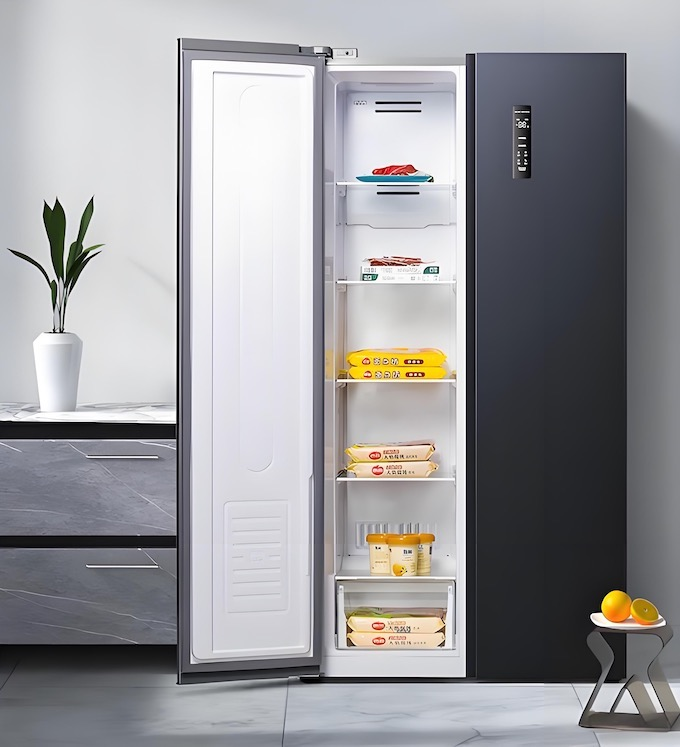
Material Selection
01 Polyol
Polyol is one of the important raw materials for polyurethane rigid foam. Commonly used ones include polyether polyols and polyester polyols. The type and performance of the polyol affect the flexibility, strength, temperature resistance, and other characteristics of the polyurethane rigid foam. For example, polyether polyols have good compatibility and reactivity, enabling the foam to have lower brittleness; polyester polyols offer higher strength and heat resistance, improving the foam's dimensional stability and thermal stability.
02 Isocyanate
Polymeric MDI is mainly used, which reacts chemically with the polyol to form the skeleton structure of the polyurethane rigid foam, providing strength and stability to the foam. Its purity, functionality, and other indicators have a significant impact on the foam's performance.
03 Blowing Agent
Commonly used blowing agents include hydrocarbon blowing agents such as cyclopentane and isopentane, as well as LBA (a mixture of cyclopentane/isopentane). During the foaming process, the blowing agent vaporizes to produce gas, driving the expansion of the foam. Different blowing agents have different volatilities and foaming properties, affecting the pore size and thermal conductivity of the foam. For example, cyclopentane blowing agent has good foaming and thermal insulation performance, reducing the foam's thermal conductivity; while LBA blowing agent offers better environmental friendliness and safety.
04 Catalyst
Catalysts can accelerate the foaming reaction rate of polyurethane rigid foam, improving production efficiency. They can also regulate the reaction process and foam properties. Commonly used catalysts include amine catalysts and metal catalysts, such as triethylenediamine, pentamethyldiethylenetriamine, and dimorpholinodiethylether. Different catalysts have different catalytic effects on different stages of the foaming reaction. Reasonable selection and combination of catalysts can make the foaming process more stable and controllable.


